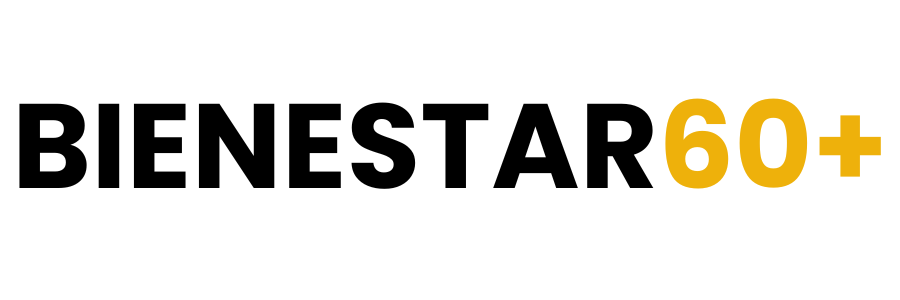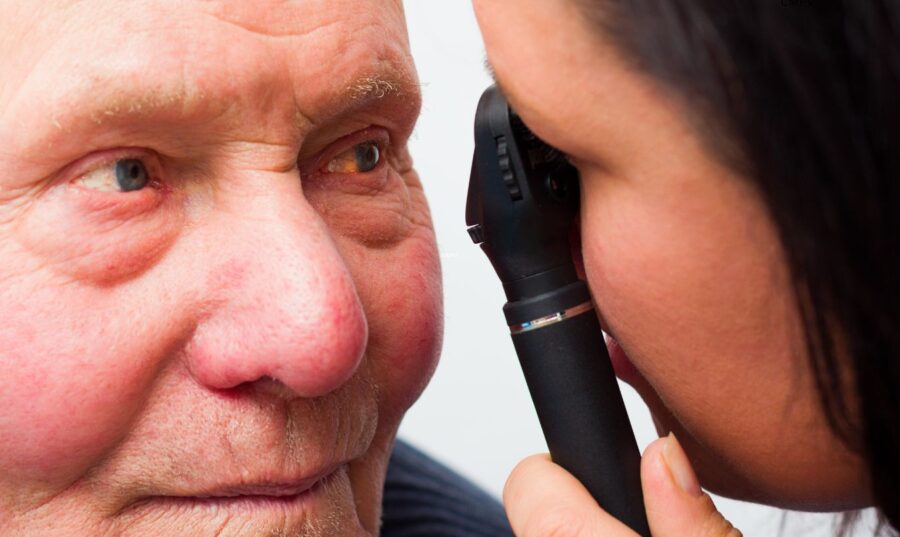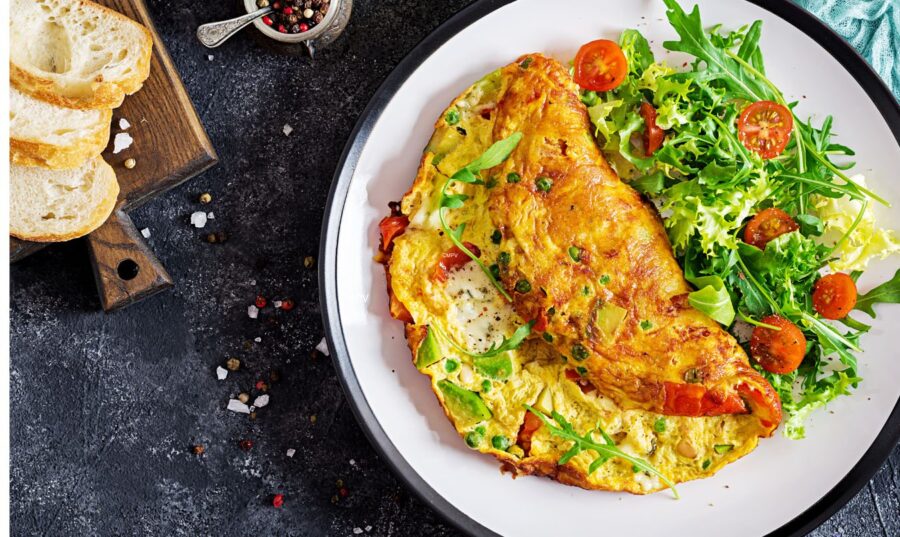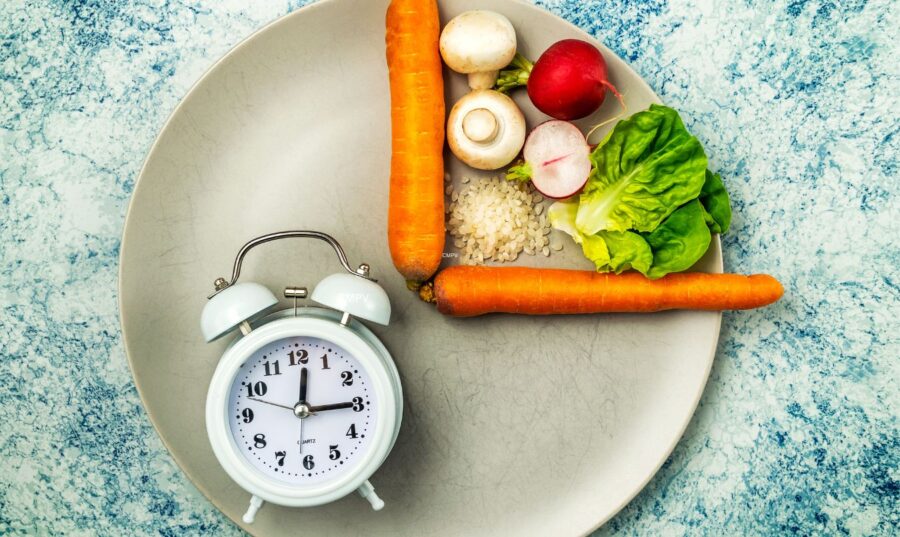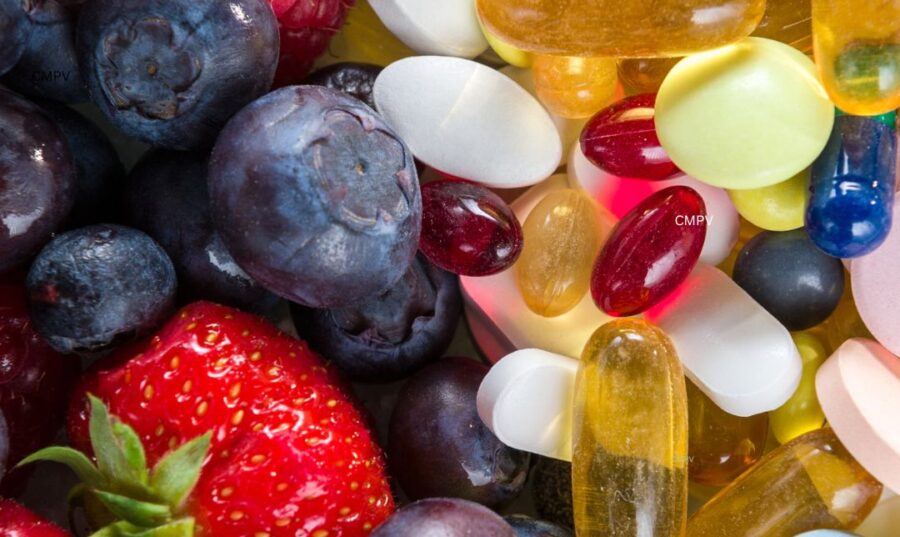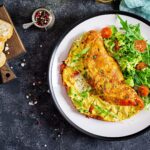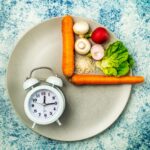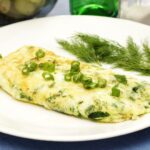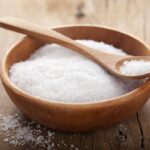|
Getting your Trinity Audio player ready...
|
Las azúcares que consumimos son naturales o añadidas. Las naturales se encuentran principalmente en las frutas, jugos de frutas 100%, vegetales y lácteos. Las añadidas son las que se agregan a los alimentos durante su preparación en casa o en el procesamiento comercial.
The main sources of added sugars are soft drinks, table sugar, candies, cakes, cookies, cakes, fruit punches (fruit punch), productos lácteos (helados, mantecados, yogur azucarado, leche azucarada, batidos) y ciertos cereales como tostadas de canela, waffles of honey and corn flakes with sugar or honey.
Names
La azúcar tiene otros nombres en los alimentos frescos y procesados. Los nombres de las naturales o las que se encuentran en los alimentos frescos por regla general terminan en «osa». Por ejemplo, glucosa, maltosa, sacarosa, lactosa, fructosa, isomaltosa, galactosa y celulosa. Sin embargo, los nombres de las añadidas son más variados. Por ejemplo, azúcar morena, jarabe de maíz con alto contenido de fructosa (HFCS, siglas en inglés), melaza, sirope de maíz, azúcar de caña, edulcorante de maíz, azúcar cruda (raw sugar), syrup, honey, maltodextrin, caramel, malt syrup, sugar cane juice, dextrose, fruit juice concentrate, agave nectar, among others.
Even with so many complicated names, checking the nutrition facts panel on food labels, as well as the ingredient list, will help you identify foods with added sugar. Below are some details.
Nutrition Facts Panel
Muchas personas consumen más azúcar de lo que creen. Las añadidas aportan cero nutrientes, pero muchas calorías innecesarias. En el panel de información nutricional, la sección que detalla las azúcares del producto, contiene tanto la cantidad natural, así como la de las añadidas. Están clasificadas como gramos totales y como gramos específicos de azúcar añadida. Los gramos totales incluyen las naturales y las añadidas. Es altamente recomendable que selecciones alimentos con cero azúcares añadidas.
List of ingredients
The ingredients list details each of the ingredients used in the product. They are written in descending order of predominance. That is, those ingredients that are in the highest proportion will be the first to appear on the list. If, for example, a product's ingredients list begins with one or more of the names mentioned above, we will immediately know that that product is mostly sugar. The classic example is the list of ingredients on a 12-ounce can of regular (not diet) soda, which provides about 140 calories. These 140 calories are almost all in sugar, usually HFCS or sucrose, ranking second on the ingredients list, preceded only by carbonated water. This is equivalent to consuming 10 teaspoons of sugar.
Recommended Amount of Added Sugar
The Dietary Guidelines for Americans 2020-2025 (page 41) recommend that ingesta de azúcares añadidas sea less than 10% of total daily calories. For example, on a 2,000-calorie-a-day diet, no more than 200 calories could come from added sugars, as part of a healthy diet. These 200 calories are equivalent to approximately 50 grams of added sugar per day. That is, they recommend that you consume around 12 teaspoons of sugar daily. Too much risk for your health.
The American Heart Association recommends that The consumption of added sugars should be much less than 50 grams per day. This is to achieve and maintain a healthy weight, as well as to reduce the risk of cardiovascular diseases. This organization establishes the following:
- La mayoría de las mujeres no deben consumir más de 100 calorías por día de azúcares añadidas. Esto representa unos 25 gramos al día o 6 cucharaditas.
- La mayoría de los hombres no deben consumir más de 150 calorías por día de azúcares añadidas. Esto representa alrededor de 36 gramos al día o 9 cucharaditas.
So how much is too much sugar? Para las mujeres es mayor a 25 gramos por día o 100 calorías en azúcar y en hombres es mayor a 36 gramos o 150 calorías en azúcar.
Carmen M. Pérez Velázquez
